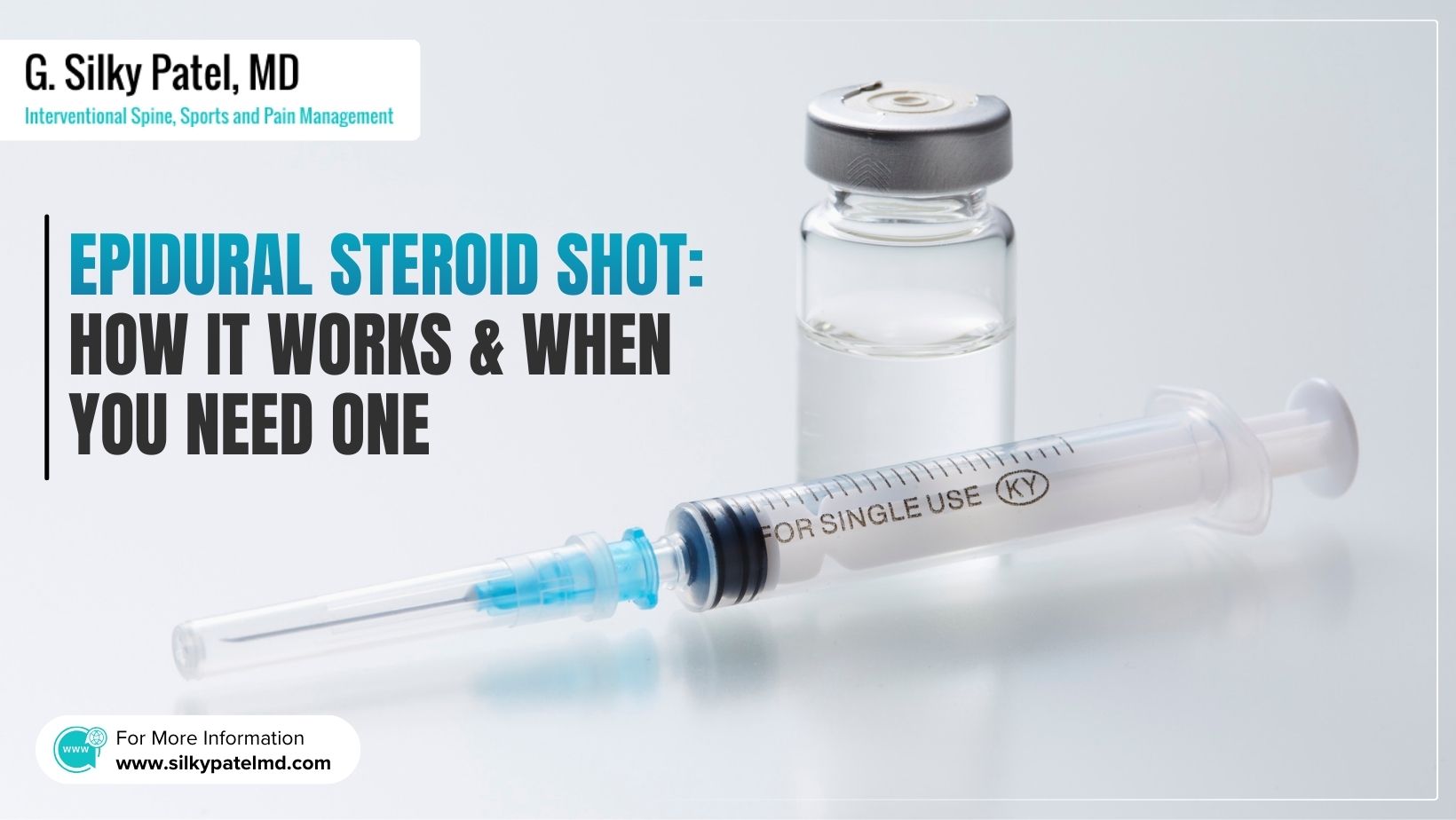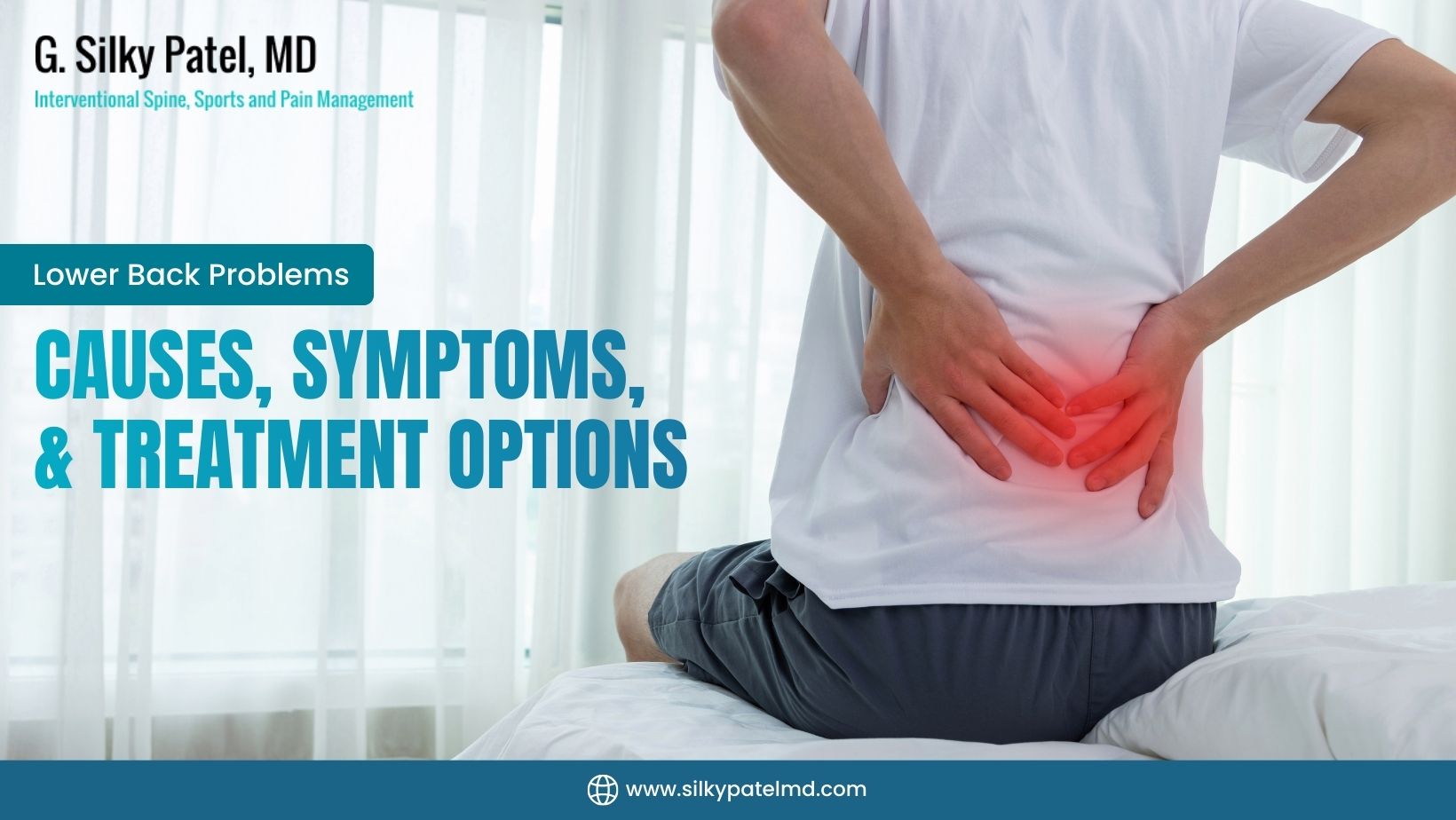
Epidural Steroid Shot: How It Works and When You Need One
An epidural steroid shot is one of the most trusted ways to calm stubborn hip and leg pain that traces back to irritated nerves in your lower spine. When that
Home TenJet Procedure
If you’ve been dealing with nagging pain on the outside of your hip, especially when walking, climbing stairs, or sleeping on your side, you may be facing greater trochanteric bursitis or gluteus tendinopathy. These conditions can persist for months—even years—despite physical therapy, injections, or rest. The good news? There’s a minimally invasive solution that actually treats the root cause, not just the symptoms.
The TenJet procedure is an image-guided, outpatient treatment that removes damaged tendon tissue without surgery. Instead of cutting into the joint or tendon, TenJet uses a thin, needle-like device to deliver a high-pressure stream of saline combined with suction. This dual-action flow breaks down and removes scarred, degenerative tissue while sparing the healthy fibers around it.
When performed by a specialist like Dr. Silky Patel, the TenJet procedure in Houston offers an advanced, targeted option for patients who want lasting pain relief without downtime. It’s FDA-cleared, backed by clinical studies, and ideal for treating chronic tendon pain that hasn’t improved with conservative care.
Tendons in the hip—especially the gluteus medius and minimus—can become worn out from repetitive movement, muscle imbalance, or aging. Over time, the fibers thicken, fray, and lose their ability to heal properly. This condition, called tendinosis, doesn’t respond well to anti-inflammatory drugs or steroid injections because it’s not caused by acute inflammation—it’s caused by structural degeneration.
The TenJet procedure is designed to remove the problem tissue while preserving and protecting the healthy structure around it. Dr. Silky Patel performs the procedure using high-resolution ultrasound to visualize the tendon and guide the specialized TenJet device to the exact site of damage.
Under local anesthesia, a tiny incision is made. The device is inserted and activated, delivering a fine, pressurized jet of saline that gently separates and dissolves the diseased tissue. Simultaneously, a built-in vacuum suctions out the debris. The entire TenJet procedure in Houston typically takes about 20 minutes.
There are no stitches required, and most patients are able to walk immediately afterward. Over the following weeks, the tendon heals naturally as scar tissue is replaced by new, healthy fibers. Dr. Patel provides a personalized post-procedure recovery plan, including physical therapy if needed, to ensure a smooth and steady return to activity.
The TenJet procedure is specifically designed to treat chronic tendon and soft tissue conditions that have not responded to traditional treatments like rest, physical therapy, or corticosteroid injections. These conditions are often marked by stubborn, localized pain that worsens with activity and doesn’t resolve over time.
This condition causes pain on the outside of the hip, often radiating down the thigh. It’s commonly caused by friction or compression over the greater trochanter—the bony prominence on the upper femur—leading to inflammation of the surrounding bursa. Over time, the real culprit is often degenerative tendinopathy in the gluteus medius or minimus tendons. The TenJet procedure in Houston effectively removes the thickened, damaged tendon fibers that contribute to both tendon irritation and bursitis flare-ups.
These tendons play a critical role in stabilizing the hip during movement. When they become overused or strained, they can develop microscopic tears and scar tissue that lead to chronic pain and weakness. Many patients are misdiagnosed with sciatica or arthritis when the real issue lies in these deep gluteal tendons. The TenJet procedure allows Dr. Silky Patel to treat the degeneration at its core, relieving pain and restoring strength without open surgery.
While commonly used in the hip, TenJet can also be adapted for similar tendinopathies in other parts of the body, such as the elbow, Achilles tendon, or patellar tendon. If you’ve had persistent pain in any of these areas, Dr. Patel will evaluate whether this treatment may be right for your specific condition.
The TenJet procedure offers a combination of precision, efficiency, and minimal disruption to daily life—qualities that set it apart from traditional surgical and injection-based treatments.
The procedure is done through a tiny opening in the skin, roughly the size of a needle puncture. There’s no need for general anesthesia, and patients typically return home the same day. Most resume walking immediately, and recovery time is significantly shorter than surgery.
Unlike traditional surgery, which often involves cutting through healthy tissue to reach the problem area, the TenJet procedure is incredibly focused. Using ultrasound, Dr. Patel removes only the degenerated tendon tissue—leaving healthy fibers untouched and accelerating healing.
Because TenJet addresses the structural root of chronic pain, patients often experience steady improvement within weeks and long-term relief as the tendon heals properly. For many, it offers a lasting solution after months or years of ineffective treatments.
Dr. Patel brings advanced skill in ultrasound-guided procedures and musculoskeletal medicine. Her experience allows her to deliver the TenJet procedure in Houston with accuracy, comfort, and confidence—helping patients avoid surgery while regaining comfort and mobility.
Consult with Dr. Silky Patel, Houston’s leading pain management specialist, and take the first step towards a healthy, pain-free life.
Your journey begins with a thorough evaluation by Dr. Silky Patel. She’ll review your medical history, physical symptoms, and imaging—often using diagnostic ultrasound during your visit to confirm the affected tendon. If your condition fits the criteria for a TenJet procedure in Houston, she’ll explain every step so you feel confident moving forward.
The TenJet procedure is performed in-office or in an outpatient setting under local anesthesia. You’ll lie comfortably while Dr. Patel uses ultrasound to guide the TenJet device directly to the damaged tendon tissue. A small, needle-sized probe is inserted through the skin. Then, high-pressure saline and suction work together to break down and remove the degenerated tissue, while preserving healthy fibers.
The entire procedure usually takes 15 to 20 minutes. There are no stitches or major incisions, and because the device is so precise, the surrounding structures remain undisturbed. Most patients are able to stand and walk immediately after the procedure.
Mild soreness is expected for a few days, similar to the sensation after a deep workout. Dr. Patel provides a tailored recovery plan, which may include temporary activity modification, guided exercises, or physical therapy. Most patients return to normal activities within a few weeks, and progressive improvement is expected over 6 to 12 weeks as the tendon heals.
The TenJet procedure in Houston is best suited for patients with chronic soft tissue pain that hasn’t improved with rest, therapy, or injections. If you’ve been living with persistent hip pain, especially along the side or deep into the gluteal region, and imaging confirms tendon degeneration, TenJet may offer the relief you’ve been missing.
TenJet may not be suitable for acute tendon ruptures, widespread arthritis, or systemic inflammatory diseases. It’s also not recommended for individuals with active infections or certain bleeding disorders. Dr. Silky Patel performs a detailed evaluation to ensure the treatment is appropriate and that the source of pain is accurately diagnosed.
By combining her deep expertise in musculoskeletal care and precision ultrasound-guided techniques, Dr. Patel ensures that every patient receives the right treatment—whether it’s TenJet or another path to recovery.

You don’t have to live with chronic hip pain or put off treatment because you’re not ready for surgery. The TenJet procedure in Houston offers a minimally invasive, highly effective option for patients struggling with greater trochanteric bursitis or gluteus tendinopathy. With no incisions, no general anesthesia, and a fast recovery, it could be the solution you’ve been waiting for.
Dr. Silky Patel combines deep experience in image-guided procedures with a personalized, patient-first approach. She’ll evaluate your condition, explain the treatment in plain terms, and help you decide if TenJet is right for you.
If you’re ready to take the next step toward lasting pain relief, schedule your consultation today and discover how TenJet can restore your mobility—without slowing down your life.
Book Your TenJet Consultation Today | Contact us
No, the TenJet procedure is not surgery in the traditional sense. It’s a minimally invasive, outpatient treatment that uses a specialized probe to remove damaged tendon tissue through a small skin puncture—about the size of a needle entry. There are no large incisions, no stitches, and no general anesthesia involved. Dr. Silky Patel performs the TenJet procedure in Houston using ultrasound guidance to ensure accuracy and comfort, making it a safer alternative to open surgery for eligible patients.
Most patients tolerate the TenJet procedure very well. It’s done under local anesthesia, which numbs the treatment area so you won’t feel pain during the process. You may experience some pressure or vibration while the device is working. Afterward, mild soreness or swelling can occur, similar to post-exercise muscle fatigue. Dr. Silky Patel provides clear aftercare instructions and a follow-up plan to help you manage any discomfort and promote a smooth, successful recovery.
In most cases, you’ll be able to walk out of the clinic shortly after the procedure. While some tenderness at the injection site is normal, the TenJet procedure in Houston doesn’t typically require crutches, slings, or extended downtime. Dr. Patel may recommend reducing strenuous activity for a few days to allow the tendon to begin healing. You’ll receive a custom recovery plan, and light walking or everyday activities are often safe within 24 to 48 hours.
Yes, physical therapy is often part of the recovery plan. TenJet removes diseased tissue, but strengthening the surrounding muscles and restoring balance helps maintain results. Dr. Silky Patel collaborates with therapists to guide a personalized rehab plan based on your activity level and treatment area. Gentle stretching, mobility exercises, and progressive strengthening support optimal healing and reduce the risk of re-injury—especially for chronic conditions like gluteal tendinopathy.
Coverage for the TenJet procedure depends on your specific insurance plan. Some providers do recognize it as a medically necessary treatment for chronic tendinopathy, but coverage can vary. During your consultation, Dr. Patel’s team will verify your insurance benefits and provide a transparent explanation of any out-of-pocket costs. If your plan doesn’t cover TenJet, they’ll also discuss financing or payment options to help make your care more accessible.
Most patients recover quickly, with significant relief typically emerging within 4 to 6 weeks. Because the procedure doesn’t require cutting healthy tissue, recovery is faster than with traditional surgery. You may feel sore for a few days, and activity will be limited briefly, but Dr. Silky Patel’s recovery protocol helps you gradually return to normal life. Full healing often continues over 2 to 3 months as the tendon regenerates and strengthens with physical therapy support.
Ideal candidates are individuals with chronic tendon pain—especially in the hip area—due to conditions like greater trochanteric bursitis or gluteus tendinopathy. If you’ve had pain for three months or more that hasn’t responded to rest, physical therapy, or injections, the TenJet procedure in Houston may be right for you. Dr. Silky Patel uses ultrasound to confirm tendon degeneration and carefully screens each patient to ensure safety, effectiveness, and the best possible outcome.

An epidural steroid shot is one of the most trusted ways to calm stubborn hip and leg pain that traces back to irritated nerves in your lower spine. When that

The spinal cord is the body’s central communication line, and when it is disrupted, everything from movement to balance can feel out of sync. People across Houston and the surrounding

Lower back problems often show up when you least expect them, and the discomfort can quickly interrupt your normal flow. Many people in Houston first notice back pain during simple